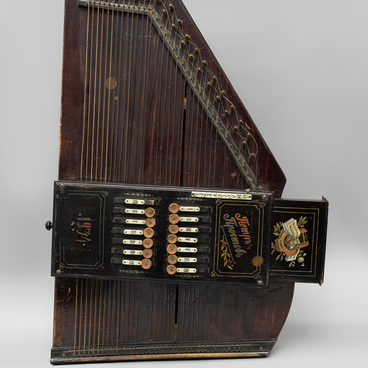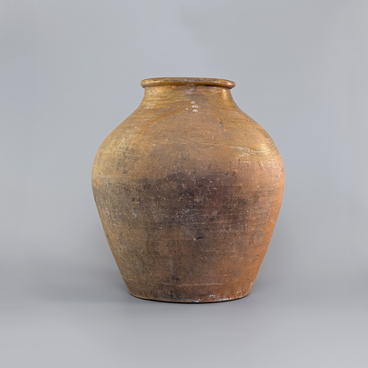Chinese porcelain became popular among Europeans as soon as it appeared on the market. For a long time, craftsmen from various countries tried to discover the secret of producing porcelain and establish the manufacturing of such items, so that they did not have to rely on import for luxury goods. This was achieved in the 18th century. Earlier, in the 15th century, the so-called Medici porcelain was invented, but it was inferior in quality to Chinese porcelain.
In 1744, the Imperial Porcelain Factory was founded in St. Petersburg, the capital of the Russian Empire. This is one of the oldest and largest porcelain enterprises in Europe. At first, the factory was known as the Nevsky Porcelain Manufactory, and in 1765, it was renamed.
In 1917, the company received a new name — the State Porcelain Factory. The abbreviation of the brand was changed to GFZ. However, this name did not last long. Seven years later, the company was renamed yet again and became known as the Leningrad Porcelain Factory. In 1925, to commemorate the bicentenary of the Russian Academy of Sciences, the factory was named after Mikhail Vasilyevich Lomonosov. The initial letter in the new brand abbreviation, LFZ, was chosen both in honor of Lomonosov’s name and the city (Leningrad, former St. Petersburg) in which the factory was located.
The figurine from the collection of the Nizhny Lomov Museum of Local Lore was produced at the LFZ in the 1950s. The pattern “Yakut Boy with a Dog” was designed by Sofya Borisovna Velikhova. The painting was done by Yelizaveta Nikolayevna Lupanova. This figurine was part of a series. Sofya Velikhova also created the porcelain figurines “Yakut Girl with a Flower”, painted by Ivan Ivanovich Riznich, and “Yakut Girl with a Sturgeon”, painted by Lyudmila Ivanovna Furdygailo.
Sofya Velikhova (1904–1994) was born in the village of Kolodets, Oryol Governorate. In 1923, she entered the Art and Industrial College, and later the Higher Art and Technical Institute. In 1948, she joined the Leningrad Porcelain Factory. In addition to the Yakut series, she designed many other works and contributed to the design of group works, including a large-scale composition called “Under the Sun of the Stalinist Constitution”.


